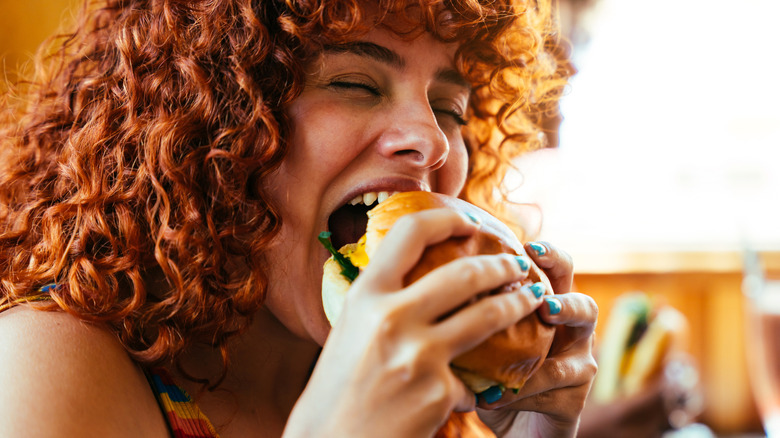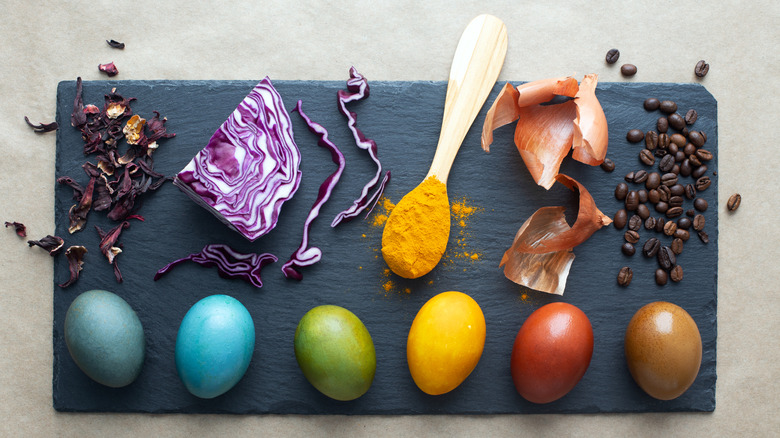
In an effort to Make America Healthy Again, Health and Human Services Secretary Robert F. Kennedy Jr. announced a plan in April to eliminate artificial dyes from foods. Petroleum-based dyes such as Citrus Red No. 2 and Orange B will be banned within a few months, and six additional synthetic dyes are expected to be phased out by the end of 2025. The Food and Drug Administration rescinded its approval of Red 3 in January. Food producers are encouraged to use natural ingredients as replacements for these dyes.
Consequently, In-N-Out Burger is modifying some of its menu ingredients. In an Instagram post, the company announced it has substituted beta carotene and vegetable juice for the Red 40 dye in its Strawberry Shake and Pink Lemonade. Red 40 is one of the dyes scheduled for phase-out by the end of the year.
“These toxic compounds provide no nutritional value and pose significant risks to our children’s health and development,” Kennedy stated. Additionally, the FDA is collaborating with the National Institutes of Health to further investigate the effects of food additives on human health.
How food dyes may affect health

Food manufacturers frequently incorporate synthetic coloring into foods and beverages to enhance their visual appeal. For instance, mint chocolate chip ice cream might be colored green, despite peppermint oil being clear. Although the FDA mandates proof that a color additive is safe, new research has raised concerns regarding the potential health impacts of these synthetic dyes, particularly in children. Some of these food additives are banned in Europe but not in the United States.
A 2024 review in the International Journal of Environmental Research and Public Health analyzed 15 studies regarding the effects of synthetic food colors on autism spectrum disorder (ASD) and attention deficit hyperactivity disorder (ADHD). Some of these dyes have been indicated to harm the kidneys and liver and induce oxidative stress in cells, potentially contributing to neurodevelopmental issues in children. Certain additives, notably Red 3 and Yellow 5, may exacerbate ADHD symptoms.
Petroleum-based food dyes may also contain trace heavy metals such as mercury, arsenic, lead, and cadmium. These metals can hinder the body’s ability to absorb zinc, a mineral crucial for eliminating toxic metals. Persistent low zinc levels may lead to an accumulation of these harmful metals in the body.
Beyond behavioral concerns, some cases have associated synthetic dyes with allergies, asthma, heart problems, and obesity. Children, due to their smaller body size and frequent exposure to these additives in targeted foods, are particularly susceptible to these effects.
What may be replacing synthetic food additives

In recent years, In-N-Out Burger has proactively removed certain ingredients from its menu, even without mandates. In 2017, the company began replacing high fructose corn syrup and artificial flavors in its milkshakes, opting for stevia instead of sucralose or saccharin as a non-nutritive sweetener. Yellow 5 has been removed from their spread, chilies, and pickles, with turmeric now used for coloring. In-N-Out also plans to update its ketchup recipe by substituting high fructose corn syrup with sugar and is exploring alternative oils for its french fries.
Following recent California legislation banning certain food dyes and additives, many food manufacturers are seeking replacements. As reported by Food Processing, extracts from beets, pomegranates, and tomatoes may serve as substitutes for Red 3 and Red 40. Natural colorants such as turmeric, carrot, or pumpkin could replace Yellow 6. While alternatives for Blue 2 are still under development, spirulina shows promise as a substitute for Blue 1. Green coloring can be achieved by combining natural primary colors. The FDA is expected to authorize four new natural food dyes soon and aims to expedite the approval of additional natural alternatives.




